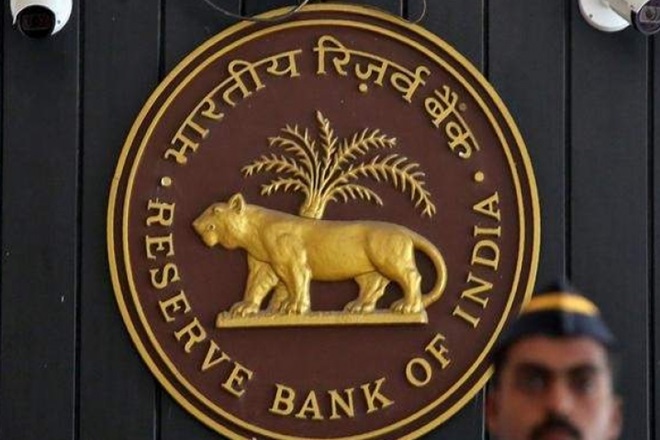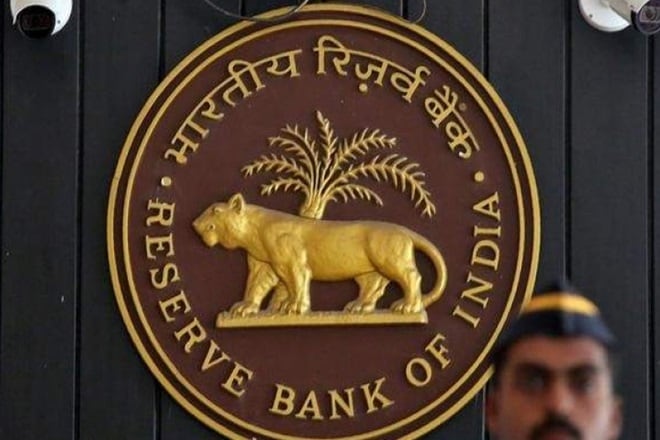
The Monetary Policy Committee led by Governor Shaktikanta Das Thursday cut repo rate by 25 bps to 6 per cent in its first bi-monthly monetary policy statement for 2019-20 and kept the policy stance unchanged at neutral. With this, ‘growth’ has once again become a focus point of the RBI, given the inflation projections in the near-term looks benign.
The MPC led by Shaktikanta Das has been emphasising on supporting growth since its last policy announced in February 2019, in which also it had cut the policy rate by 25 bps to 6.25 per cent.
This is the lowest repo rate in about nine years since 2010. It was the second repo rate cut in a row since Shaktikanta Das has started his tenure as the RBI Governor.
“These decisions are in consonance with the objective of achieving the medium-term target for consumer price index (CPI) inflation of 4 per cent within a band of +/- 2 per cent, while supporting growth,” RBI said in a statement.
Since the output gap remains negative and the domestic economy is facing headwinds, especially on the global front, there is need is to strengthen domestic growth impulses by spurring private investment which has remained sluggish, the statement added.
READ ALSO: Shaktikanta Das unfazed by SC ruling on 12 Feb circular: No power taken away; revised rules soon
The reverse repo rate under the LAF stands adjusted to 5.75 per cent, and the marginal standing facility (MSF) rate and the Bank Rate to 6.25 per cent. The MPC in its last monetary policy in February had changed the monetary policy stance from calibrated tightening to neutral. “GDP growth in 2019-20 is projected at 7.2 per cent – in the range of 6.8-7.1 per cent in H1:2019-20 and 7.3-7.4 per cent in H2 – with risks evenly balanced,” said RBI.
Despite volatility in crude oil prices, the MPC has revised the path of CPI inflation downwards to 2.4 per cent in Q4:2018-19, 2.9-3.0 per cent in H1:2019-20 and 3.5-3.8 per cent in H2:2019-20, with risks broadly balanced.
This has been done based on the benign food inflation, assuming normal monsoon, fall in fuel prices and low crude oil prices, and moderation in inflation expectations of households as well as input and output price expectations of producers polled in the Reserve Bank’s surveys.
However, beyond the near term several uncertainties cloud the inflation outlook, said the policy statement. This has been said keeping in mind the chances of El-Nino in 2019, abrupt reversal in vegetable prices, softening fuel inflation, growing trade tensions and rise in oil prices if OPEC continues production cuts and pick-up in demand.


